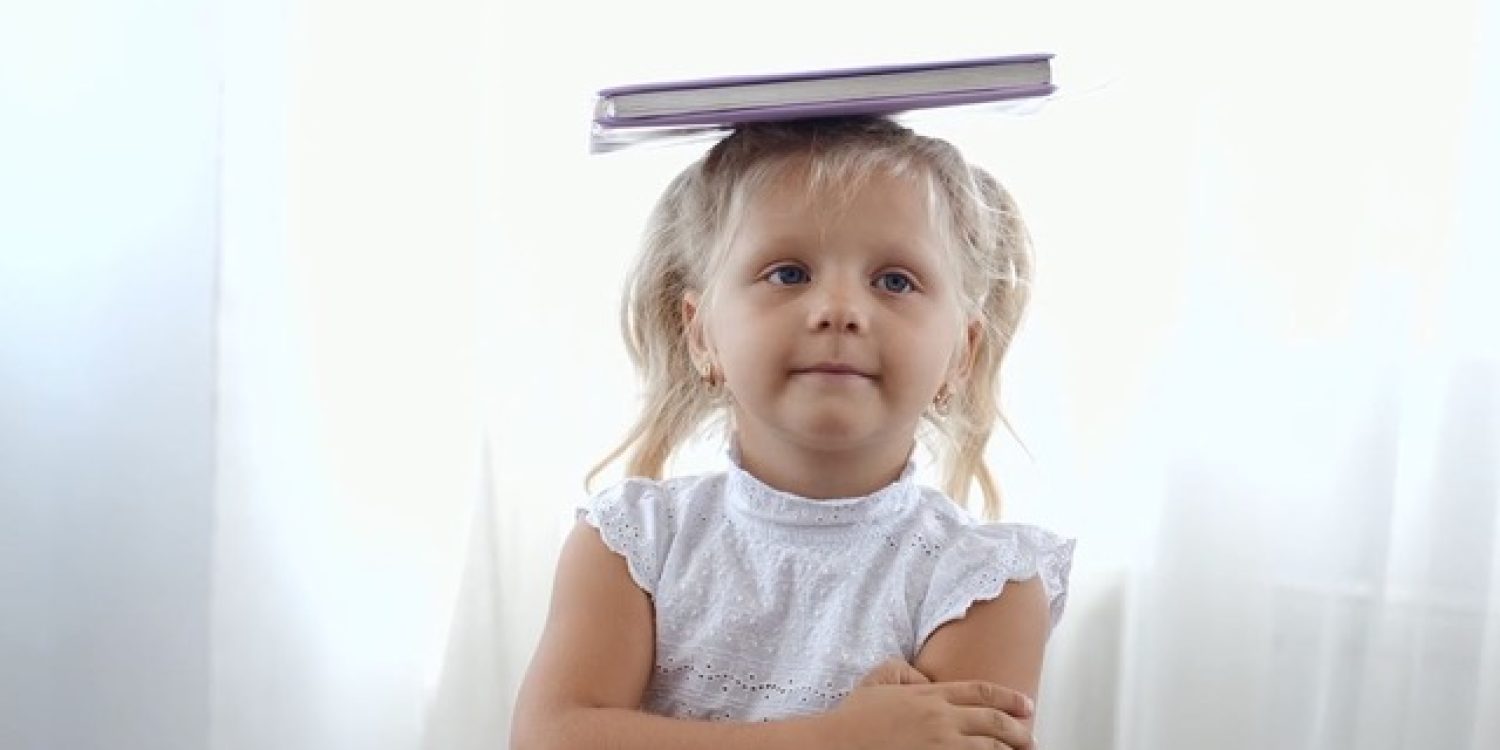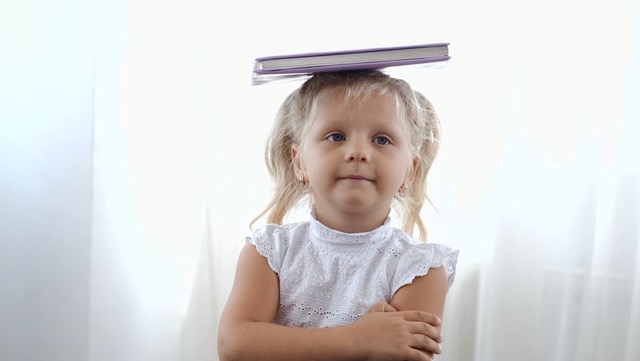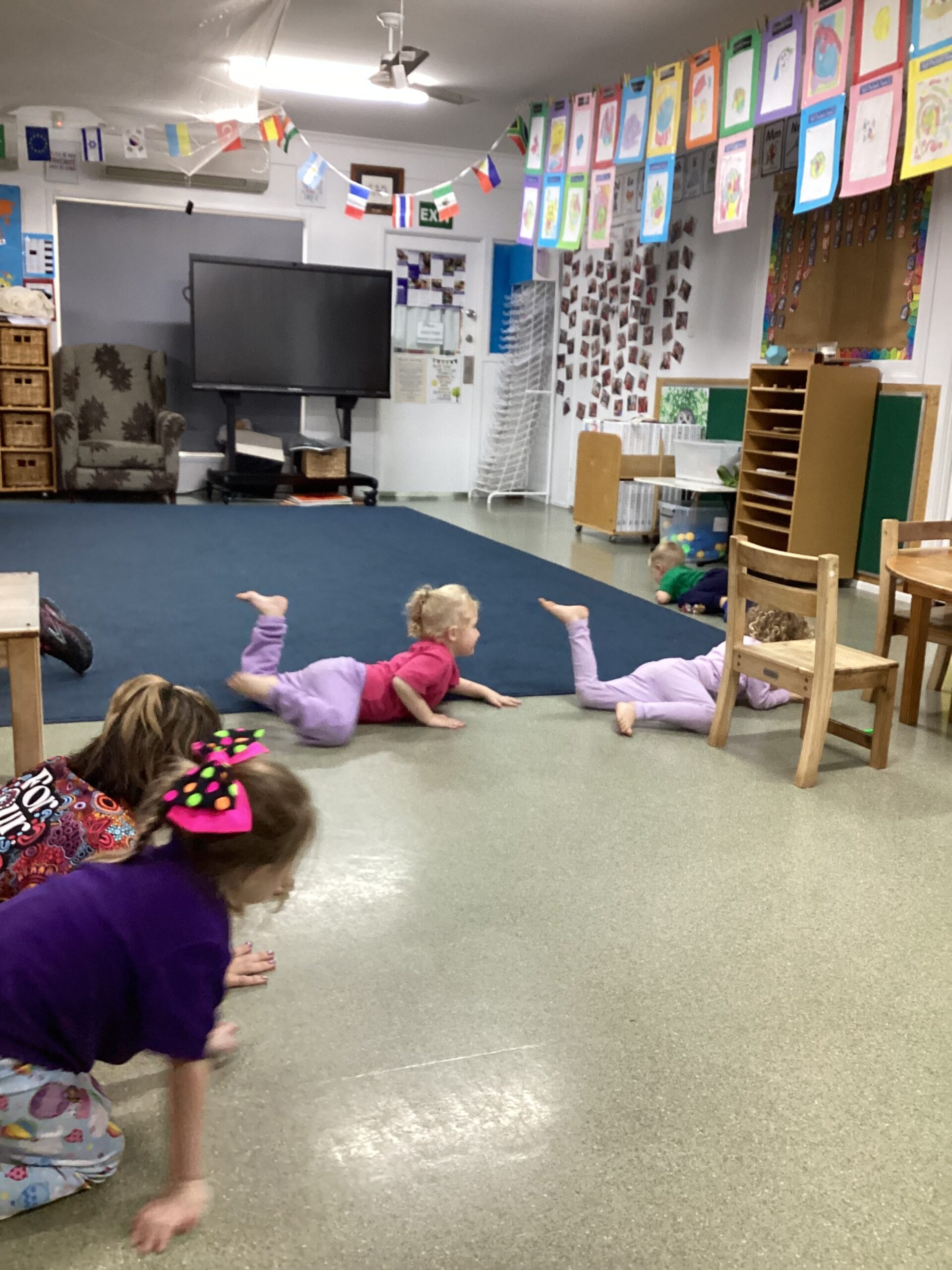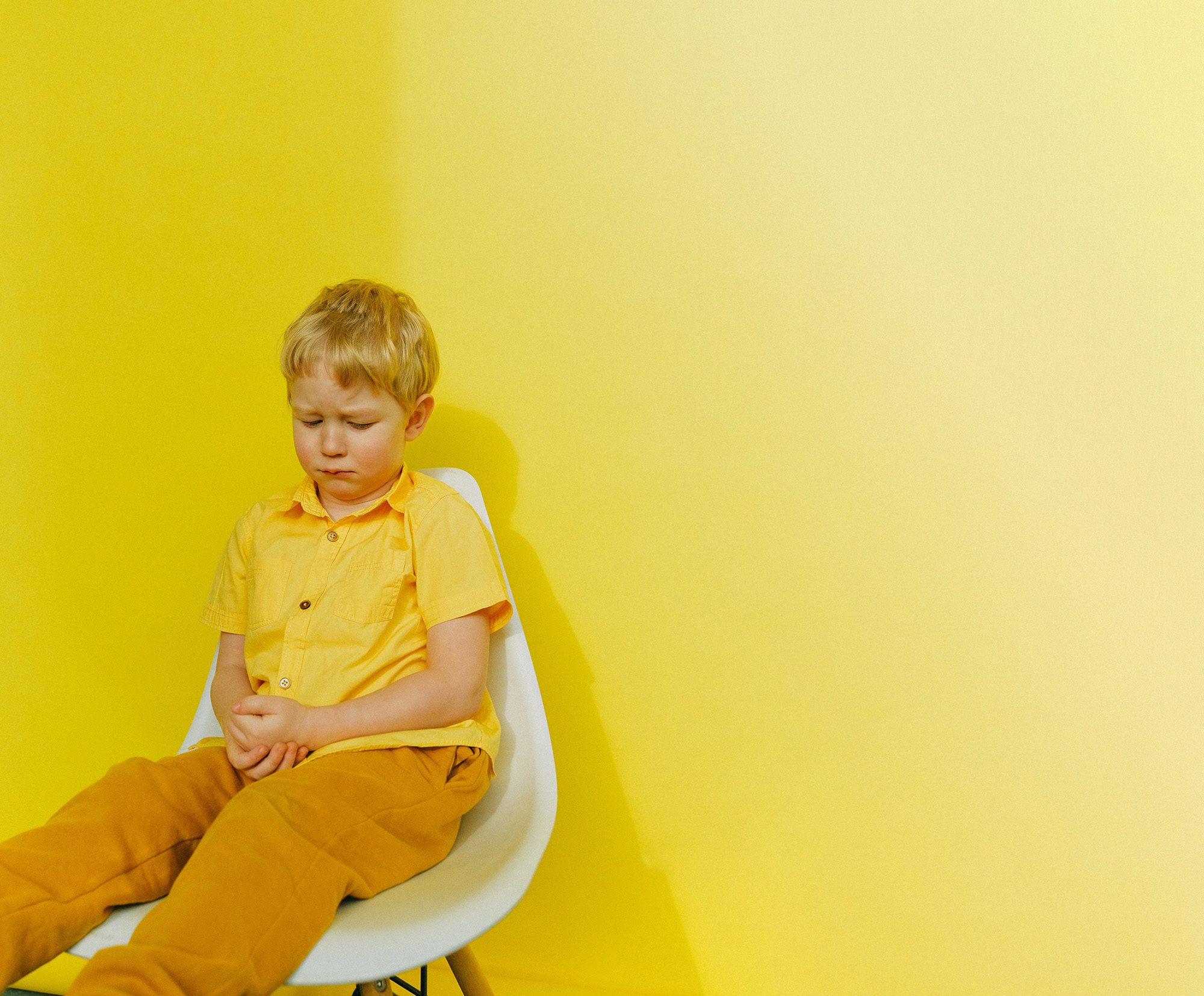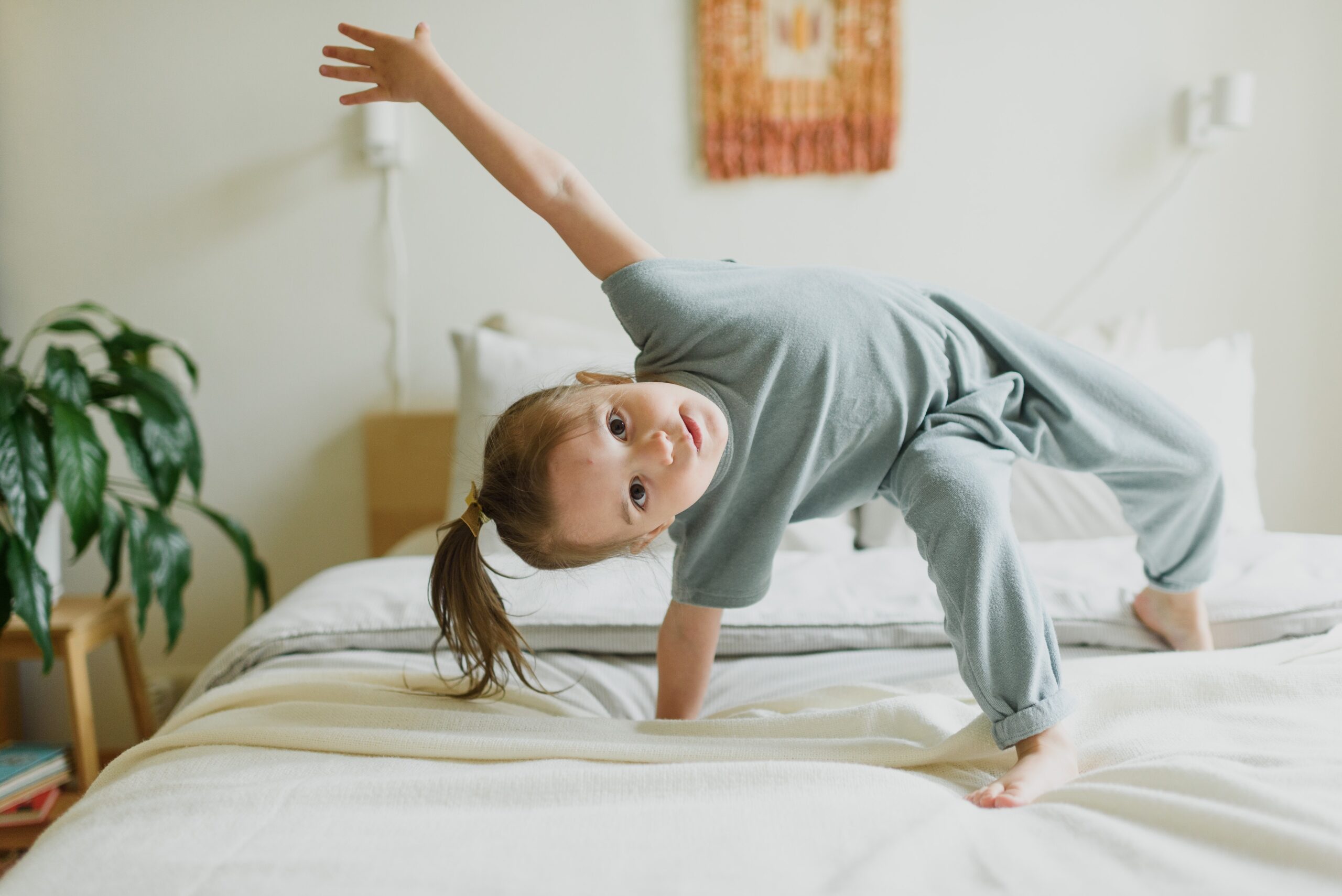How do we help children prepare for the demands of the classroom?
The 2018 Australian Early Development Census (AEDC) found that 20% of Australian children entering school are developmentally vulnerable in at least one of the five early childhood development domains – physical health, social competence, emotional maturity, language and cognitive skills, or communication and general knowledge skills. [1]
In addition, AEDC scores collected at age 5 predict later literacy and numeracy scores at ages 8, 10 and 12 (Years 3, 5 and 7) as measured by the National Assessment Program Literacy And Numeracy (NAPLAN) – thus reinforcing the importance of having all children entering school with the skills and developmental capacity to take advantage of schooling – i.e. school-ready. [2]
This presents an ongoing challenge for parents and teachers. Developmental vulnerabilities may present in the classroom in a number of ways: poor concentration, immature speech, poor sensory motor development, difficulty sitting still and falling off chairs, rolling around on the floor, difficulty listening and following directions, socialisation problems and experiencing fears and anxieties at a level that makes it difficult for them to learn. [3]
Why are we seeing so many children with developmental vulnerabilities?
We learn by doing. Our brain doubles in size during the first year of life. [4] Play is the infant and young child’s main way of growing their brain and learning in the early years. Opportunities for movement on the tummy, especially in the first 6 months of life, builds platforms that underpin later, more complex skills. Young children must gain control over their bodies to free up their brain to learn. [5]
Many of the behavioural challenges and learning difficulties identified in the AEDC report can originate from children’s early movement experiences and the quality of their environment. In the past 30 to 40 years there have been enormous changes in our world and in the way that we live and nurture our children. In particular, greater demands on parents’ time has affected both the amount of one-to-one time spent in conversation and the amount of physical exercise children experience – and a resort to the use of convenience foods, equipment and forms of entertainment, acting as surrogates for direct interactive parenting. The quality of relationships with parents and other care-givers and the child’s physical and social/cultural environment have a significant impact on the child’s development. [6]
Some common environmental factors impacting children’s development include:
Sitting in containers
Sitting in containers robs young children of developmental opportunities. Bumbos, rockers and being restrained by clothing and/or equipment for extended periods of time robs the infant of opportunities to “get moving”.
Less free time
Children don’t have as much time for free play or to muck around. Unstructured mucking around time is more valuable than structured activities.[7]
Sedentary lifestyle
According to the Australian Institute of Health and Welfare (AIHW) Australia’s Children Report, in 2011–12, less than one-quarter (23%) of children aged 5–14 undertook the recommended 60 minutes of physical activity every day. [8]
Diet
The AIHW report found that most children (96%) aged 5–14 do not eat enough vegetables, with the proportion meeting the guidelines for vegetable consumption only increasing slightly between 2014–15 (2.9%) and 2017–18 (4.4%).[9]
A 2017 study found that more frequent consumption of vegetables with the evening meal was associated with higher NAPLAN test scores for spelling and writing. More frequent consumption of sugar-sweetened beverages was associated with lower test scores in reading, writing, grammar, punctuation and numeracy. [10]
Screens
Small amounts of screen time enable children to connect, cultivate empathy, develop skills and interests and be creative. For younger children in particular however, screens are often displacing key developmental activity such as exercise, play, reading aloud and social interactions.
The Australia’s Children Report found that 5–14 year-olds spent, on average, more than 2 hours each day sitting or lying down for screen-based activities, and 2–4 year-olds an average 83 minutes per day. [11]
The Active Healthy Kids Australia Report Card found that “In a house where television was on two hours a day or screens for the same amount of time, the occupants will speak 6,000 words combined to each other in a day. In a house where screens were on whenever anyone was home, the occupants would speak 500 words combined.” [12]
What to do about it? Get them moving!
Vestibular activities are a good place to start.
The vestibular system in the inner ear provides our sense of balance and spatial awareness. It is the first sensory system to fully develop and is considered to have the most important influence on the other sensory systems and on the ability to function in everyday life. Directly or indirectly, the vestibular system influences nearly everything we do.
Many of the behaviours we see in our early learning centres are indicators of children’s sensory and vestibular needs. Children who can’t sit still in a chair, wriggle, and move excessively are seeking the vestibular stimulation they need. They feel more grounded on the floor (because they know where they are). Sitting still and upright in a chair and being “good” may be taking all of their energy. The end result can be seen in behavioural outbursts, listening and concentration challenges, and difficulty following directions. [13]
Here are some suggestions for vestibular stimulation activities –
- Swinging on fixed apparatus, swing, ropes
- Spinning or pivoting on toes
- On a swing or a rope, wind up and then let go
- Spinning around on a scooter board or skate-board
- Bouncing on inflated inner tubes, a rebounder or on a trampoline
- Bouncing or jumping on an old mattress
- Rocking, on a rocking horse, in a rocking chair, or being rocked by two adults holding a blanket
- Inflatable toys to bounce on
- Try to skip with a rope, on an old mattress
- Steering a scooter-board through a maze
- Twisting trunk in one direction, then the other, with your feet remaining still.
Auditory enrichment
Hearing does not equal listening. To train listening we must vary the auditory environment. Listening skills don’t just happen, we need to train listening through enriching the child’s auditory environment. Screens don’t provide listening opportunities. We watch screens. We don’t generally actively listen to them.
An auditory enriched environment should encompass:
- Opportunities for listening. Hearing is the passive reception of sound. Listening is the active part of the auditory process,
- Short periods of silence frequently throughout the day,
- Use of different cues (clapping patterns, music but not language to gain children’s attention and provide directions – link a specific cue/music to an activity). These non-verbal cues encourage active listening,
- Whispering opportunities,
- Audio books (no pictures, children need to make their own pictures in their heads),
- Nursery rhymes,
- Daily singing, and
- Retelling simple events.
Children’s development is being affected by increasing exposure to screens and reduced opportunities for movement and play. Children need a stimulating environment in order to learn. Vestibular stimulation and auditory enrichment are good starting points.
[1] Department of Education and Training, Australian Early Development Census National Report 2018, 2019 https://www.aedc.gov.au/resources/detail/2018-aedc-national-report.
[2] (Brinkman et al, 2013)
[3] Soezen Krog, ‘Movement Programmes as a Means to Learning Readiness’ (University of South Africa, 2010) http://uir.unisa.ac.za/bitstream/handle/10500/3514/thesis_krog_s.pdf?sequence=1&isAllowed=y; Sally Goddard Blythe, ‘Assessing Neuromotor Readiness for Learning’, Early Years Educator, 18.12 (2017), 18–20 https://doi.org/10.12968/eyed.2017.18.12.18.
[4] Joan Stiles and Terry L Jernigan, ‘The Basics of Brain Development’, Neuropsychology Review, 20.4 (2010), 327–48 https://doi.org/10.1007/s11065-010-9148-4.
[5] Adrian D Sandler and others, ‘Neurodevelopmental Study of Writing Disorders in Middle Childhood.’, Journal of Developmental and Behavioral Pediatrics (US: Lippincott Williams & Wilkins, 1992), 17–23 https://doi.org/10.1097/00004703-199202000-00005.
[6] Sally Goddard, ‘Parental Involvement Is an Essential Ingredient of Child Well Being. Comment on the Demos Report’, 2010 http://sallygoddardblythe.co.uk/2010/01/ [accessed 15 February 2021]; S. S. Hawkins, T. J. Cole, and C. Law, ‘An Ecological Systems Approach to Examining Risk Factors for Early Childhood Overweight: Findings from the UK Millennium Cohort Study’, Journal of Epidemiology and Community Health, 63.2 (2009), 147–55 https://doi.org/10.1136/jech.2008.077917.
[7] Louise Merrillees, ‘“Mucking around” Takes Back Seat to Organised Sport and Screen Time for Kids, Report Finds’, ABC News, 2014 https://www.abc.net.au/news/2014-11-15/australian-kids-not-playing-enough-finds-report/5892244.
[8] AIHW, Australia’s Children, 2020 <file:///Users/matthewford2/Documents/01 CLIENTS AND PROJECTS/L.C. 2020/LC 2020 Strategy/01 R&D Australian Children/aihw-cws-69-print-report Australian Children.pdf>
9 (2020)
[10] Tracy Burrows and others, ‘Associations between Selected Dietary Behaviours and Academic Achievement: A Study of Australian School Aged Children’, Appetite, 116 (2017), 372–80 https://doi.org/10.1016/j.appet.2017.05.008.
[11] AIHW.
[12] Active Healthy Kids Australia, Muscular Fitness: It’s Time for a Jump Start. The 2018 Active Healthy Kids Australia Report Card on Physical Activity for Children and Young People., 2018 https://www.activehealthykidsaustralia.com.au/siteassets/documents/2018/ahka-report-card-long-form-2018-final-for-web.pdf [accessed 21 February 2021].
[13] J Ayres, Sensory Integration and the Child, 4th Editio, 2000; CS. Kranowitz, The Out-of-Sync Child. Recognising and Coping with Sensory Processing Disorder. (New York: Skylight Press Books., 2005).

